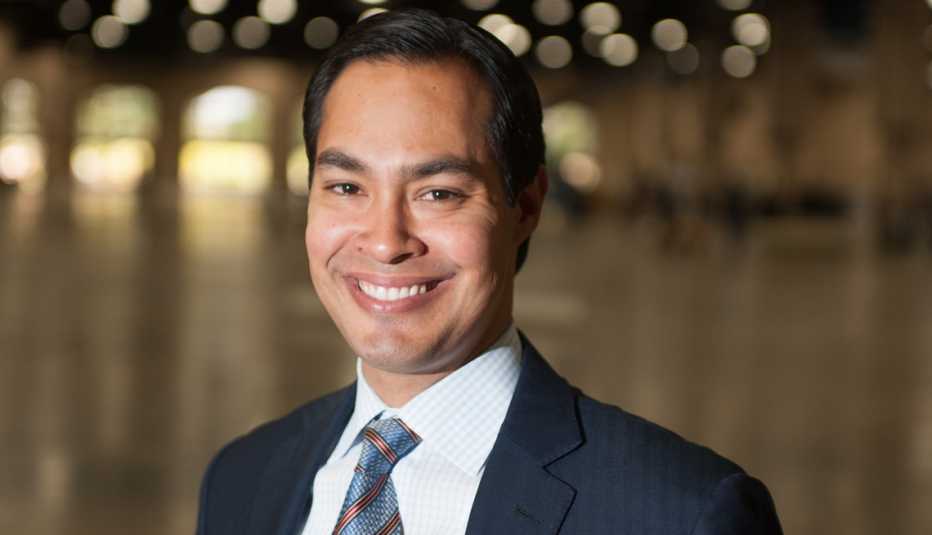AARP Hearing Center


In early 2014, Julián Castro, San Antonio’s popular three-term mayor, signed a letter stating that his city of 1.4 million was joining the AARP Network of Age-Friendly States and Communities.
AARP Texas met with Castro on May 13 to talk about his city’s increasing national profile and its local efforts to be a livable community for people of all ages.
Castro's own national profile increased today, when President Obama nominated the 39-year-old alumnus of Stanford University and Harvard Law to join his Cabinet as head of the U.S. Department of Housing and Urban Development.
While the position will require Castro to leave his native San Antonio, he’ll be welcomed by at least one very familiar face when he arrives in Washington, D.C.: U.S. Rep. Joaquin Castro (D-Texas) is Julián Castro’s identical twin brother.
1. San Antonio is the nation’s seventh-largest city. Last year it ranked 12th out of 200 in the Milken Institute’s Best Performing Large Cities list. What is the San Antonio story? Why should the rest of the country pay attention?
The San Antonio story in this 21st century is of a city on the rise. It’s a city that is growing quickly, whose livability is being enhanced — by the week, by the month. It’s a place that has always been somewhere people of different ages, perspectives, backgrounds, religions have been able to come together well, work together well, and create just a splendid city. More and more these days people are taking notice of San Antonio as a community on the move.
2. How does the AARP Network of Age-Friendly Communities program fit with your "SA 2020" initiative, which asked San Antonio’s residents to help set goals for what the city should be like by 2020.
SA 2020 is all about a vision for a very livable city, to make San Antonio a lively city and a place that is welcoming and comfortable for everyone. The age-friendly initiative fits perfectly with that because it’s about ensuring we don’t just focus on one age group, but that we focus on all age groups, particularly seniors as they get older to ensure that San Antonio will offer them a fantastic quality of life.
































































